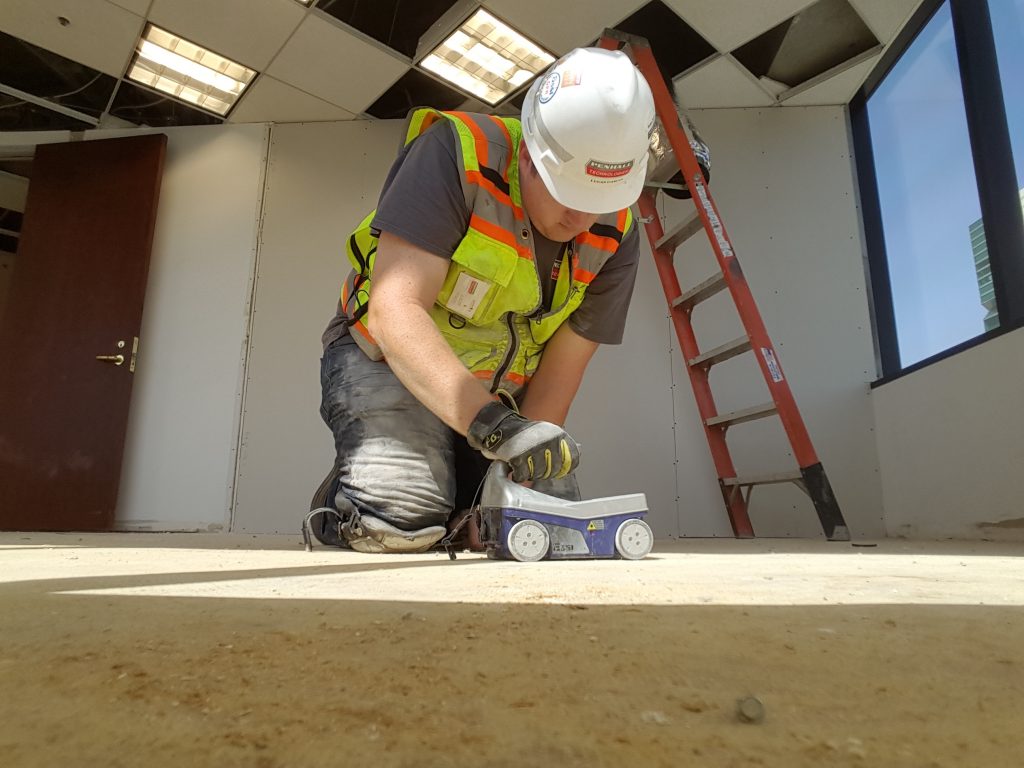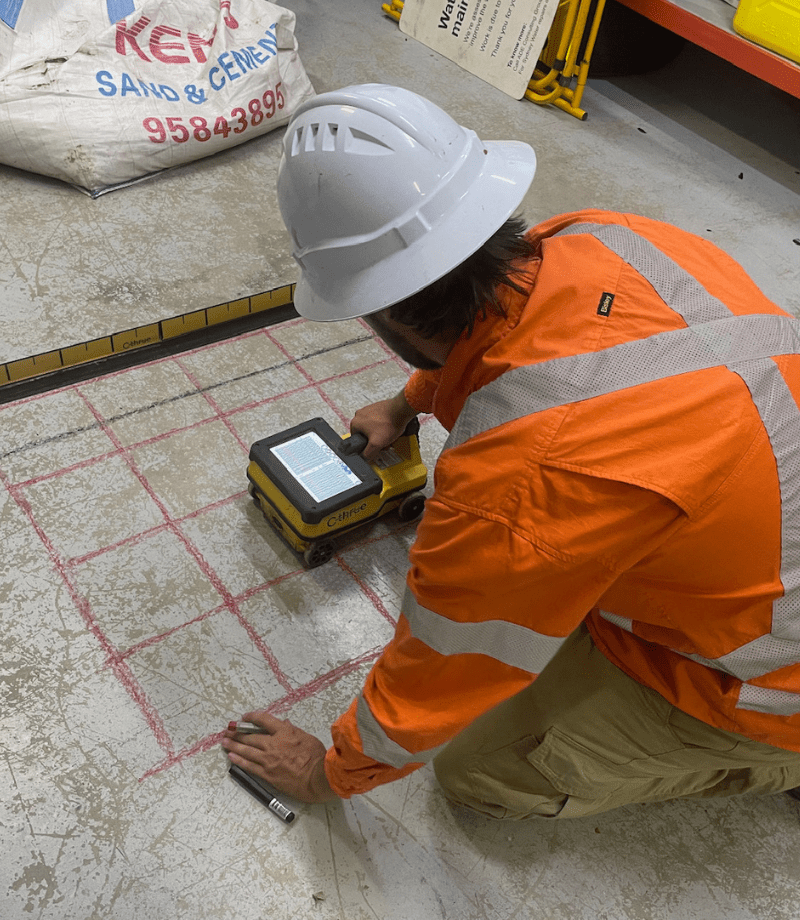Local RainierGPR Service Areas for Accuracy Concrete Scanning
Local RainierGPR Service Areas for Accuracy Concrete Scanning
Blog Article
Concrete Scanning: An Important Step Towards Guaranteeing Structural Integrity and Safety
In the realm of building and infrastructure maintenance, the significance of concrete scanning can not be overemphasized. This precise process holds the key to unveiling possible threats concealed underneath the surface of seemingly strong frameworks. By utilizing advanced modern technology and techniques, concrete scanning works as an essential tool in ensuring that the integrity and safety and security of bridges and buildings are supported to the highest standards. However, past its surface-level ramifications, the role of concrete scanning extends much much deeper than satisfies the eye.
Value of Concrete Scanning
Concrete scanning plays a vital role in making certain the architectural honesty and security of structures and framework jobs. By making use of sophisticated modern technologies such as ground-penetrating radar (GPR) and electromagnetic induction, experts can non-destructively inspect concrete structures to identify prospective issues, voids, embedded things, and support layout. This procedure makes it possible for early detection of abnormalities that might endanger the stability of a structure, protecting against costly damages and making sure the safety of residents.
Prior to exploration, reducing, or coring into concrete, scanning helps recognize the specific areas of rebar, post-tension cords, and other embedded components, lowering the danger of unexpected hits that could lead to architectural weak points. Furthermore, concrete scanning aids in top quality control by verifying the thickness of concrete covers and identifying any type of discrepancies that may impact the general sturdiness of the framework.
Technology for Concrete Evaluation

Benefits of Early Discovery
Timely discovery of architectural issues can considerably alleviate threats and ensure the durability of building jobs. By recognizing possible problems at an early stage in the building process, stakeholders can take positive procedures to resolve concerns prior to they rise right into bigger and extra costly issues. One of the essential benefits of early discovery is the prevention of structural failures, which can pose major security risks and result in project delays and financial losses.
Moreover, early discovery enables timely repair services and maintenance, which can assist extend the lifespan of the framework. By addressing concerns without delay, building teams can avoid pricey fixings or also the requirement for premature replacement of architectural elements. This positive approach not just saves money and time but additionally improves the overall safety and durability of the building and construction job.
Furthermore, early discovery can enhance project preparation and decision-making by offering stakeholders with valuable understandings into the condition of the framework. Armed with this details, job managers can make educated choices pertaining to building products, timelines, and methods, causing much more reliable and successful task outcomes.
Guaranteeing Structural Security
Making sure the architectural stability of a building and construction job is extremely important to its additional reading security and long life. Structural stability describes the ability of a structure or framework to maintain its type next page and feature under ecological conditions and different lots. To achieve this, thorough evaluation and surveillance of the structure are necessary. Concrete scanning plays an important role in making sure structural stability by identifying prospective concerns such as gaps, delamination, or reinforcement rust that can endanger the honesty of the structure over time.
By making use of advanced scanning technologies like ground-penetrating radar (GPR) and electromagnetic induction, construction professionals can non-invasively inspect concrete structures to identify locations of problem under the surface area. This aggressive strategy enables the very early detection of weak points or issues, making it possible for timely repair work or support to prevent architectural failures.
Routine concrete scanning during various construction stages and throughout the life cycle of a structure can help maintain its security, alleviate dangers, and guarantee the safety of occupants. By focusing on structural security with concrete scanning, building projects can improve their resilience and sturdiness, ultimately adding to higher safety and long life.

Protecting Against Important Failures
To guard against catastrophic occasions, meticulous surveillance and positive upkeep are critical in preventing critical failings within architectural frameworks. Detecting prospective issues before they rise is essential to stop structural failings. Executing regular inspections, such as concrete scanning, can expose hidden flaws like gaps, cracks, or deterioration that could jeopardize the integrity of a structure. By using advanced scanning innovations like Ground Passing through Radar (GPR) or Concrete X-ray, engineers can non-destructively examine the problem of concrete and identify weak factors that call for reinforcement or repair work - RainierGPR Service Areas.

Final Thought
To conclude, concrete scanning plays a vital function in making sure architectural honesty and safety by utilizing advanced technology for early detection of potential issues. This proactive approach helps avoid important failings and makes sure the security of frameworks. It is important to focus on concrete assessment as a common method to secure the durability and security of buildings and infrastructure.
Concrete scanning plays an essential role in ensuring the architectural honesty and security of buildings and infrastructure tasks. Furthermore, concrete scanning aids in quality control by validating the density of concrete covers and discovering any type of discrepancies that might impact the general resilience of the structure. Concrete scanning plays a crucial role in making certain architectural stability by spotting potential concerns such as spaces, delamination, or reinforcement deterioration that might compromise the honesty of the framework over time.

In final thought, concrete scanning plays an essential role in ensuring structural integrity and safety by utilizing advanced technology for early detection of potential issues.
Report this page